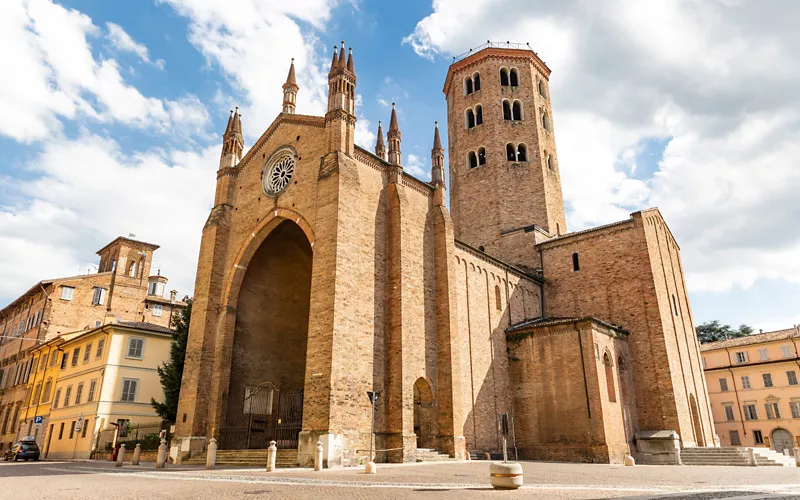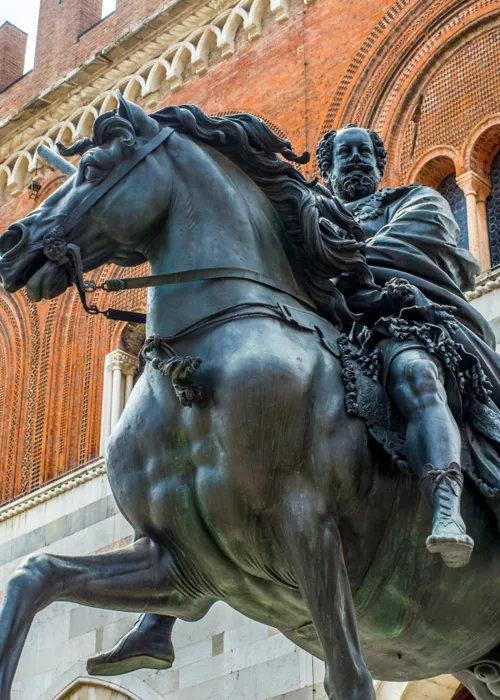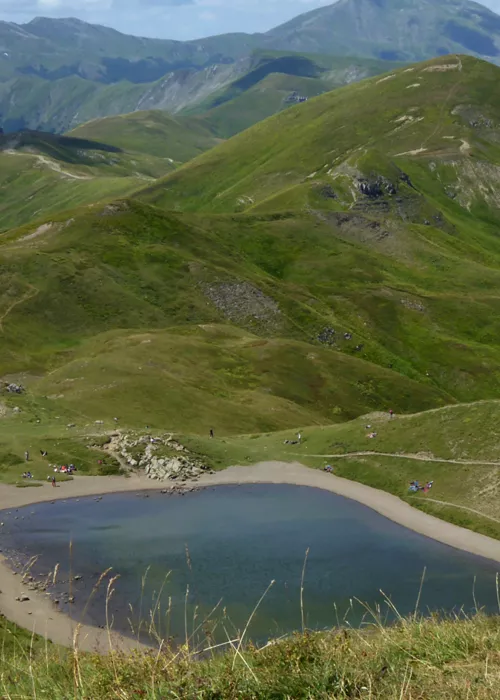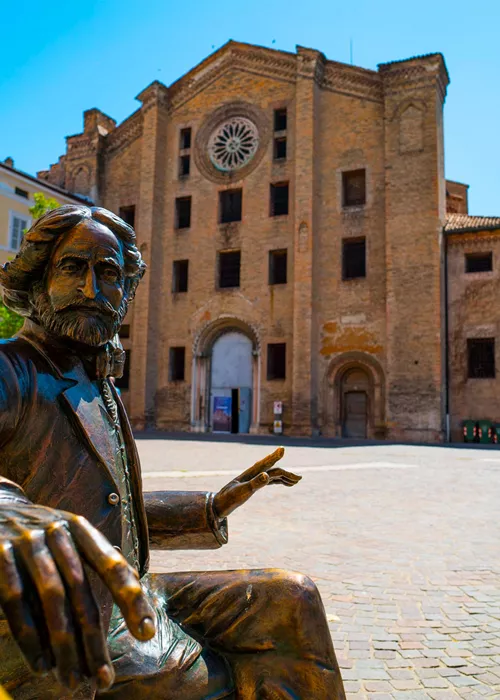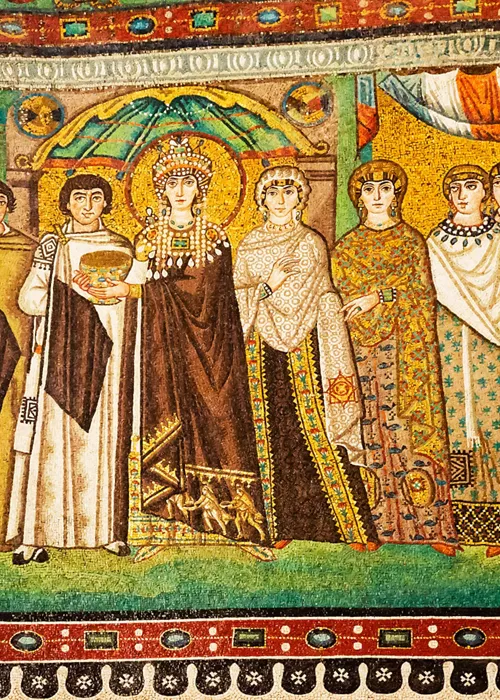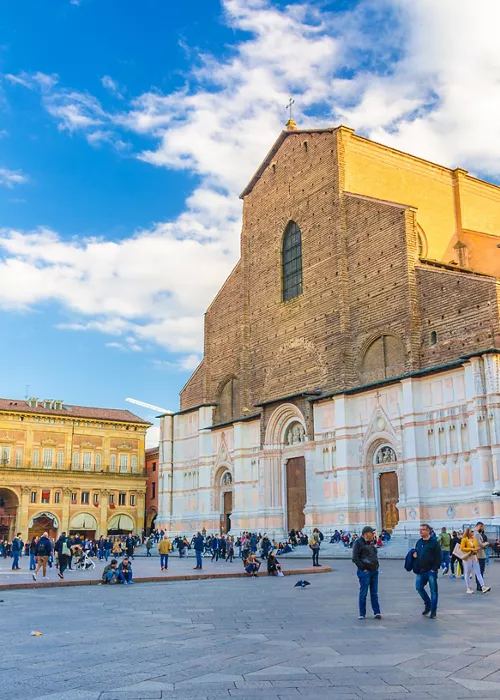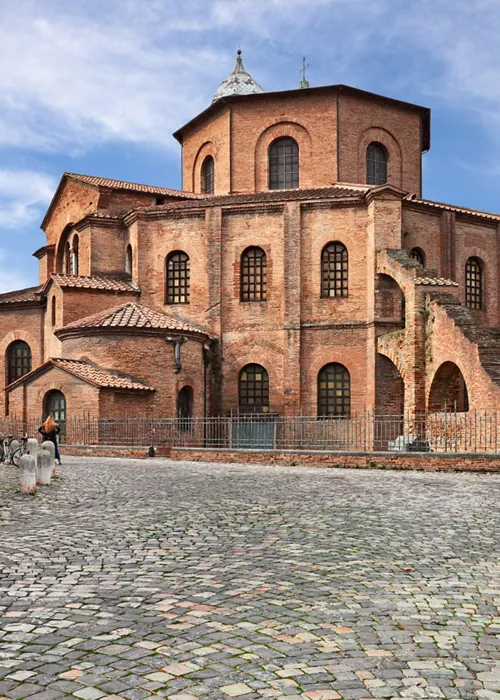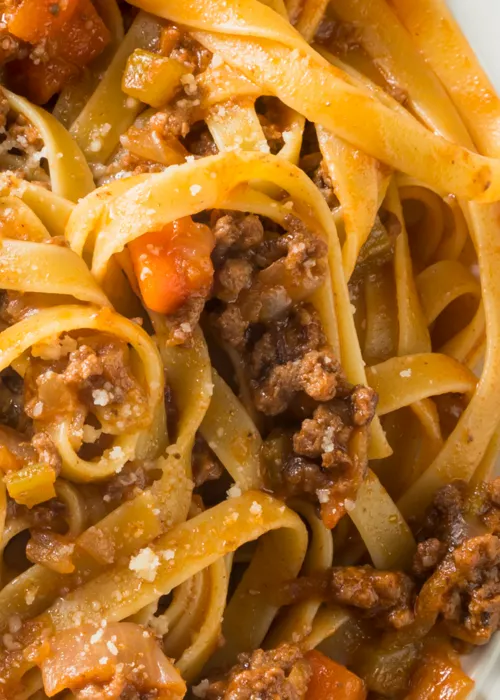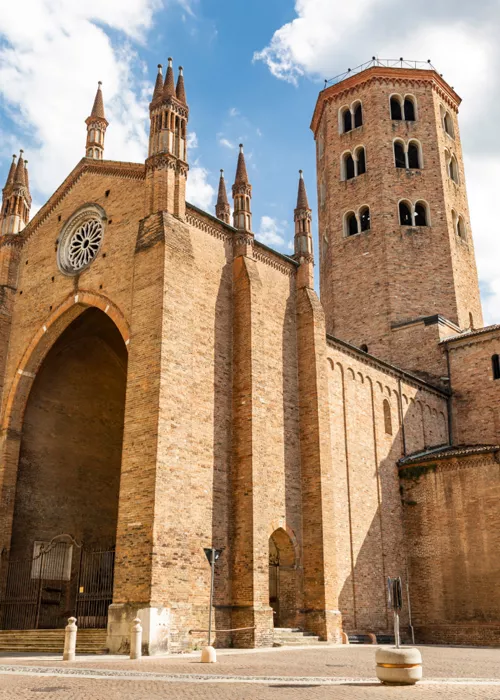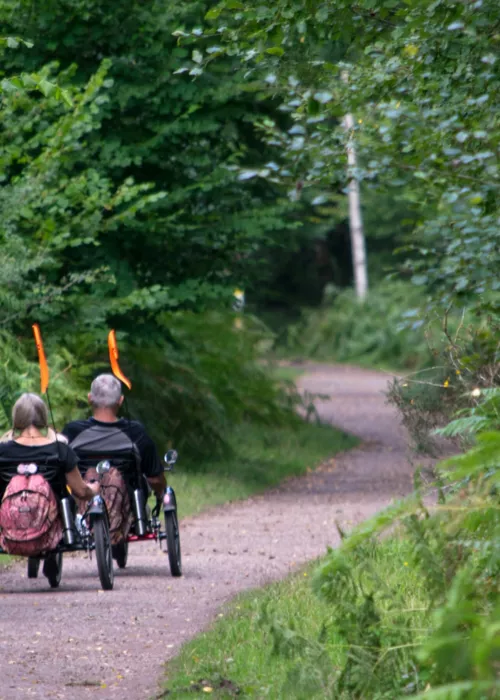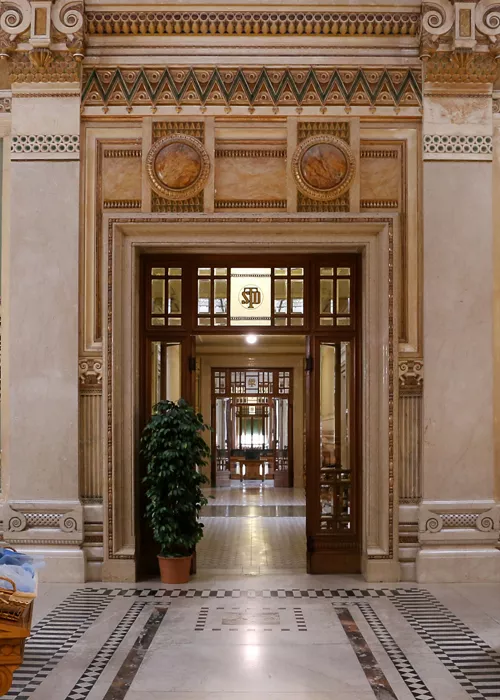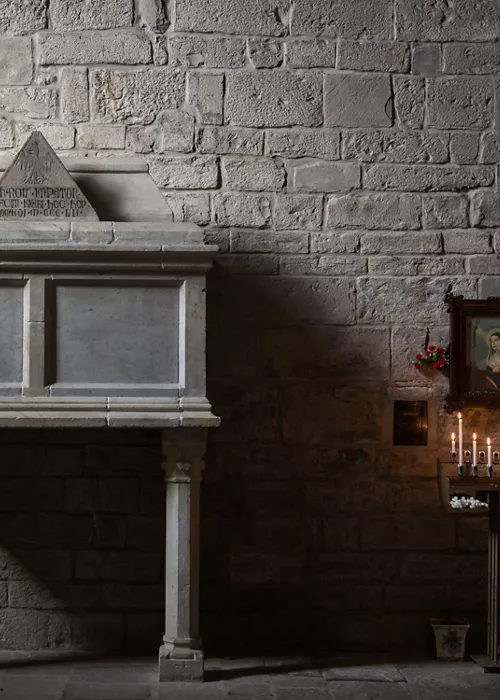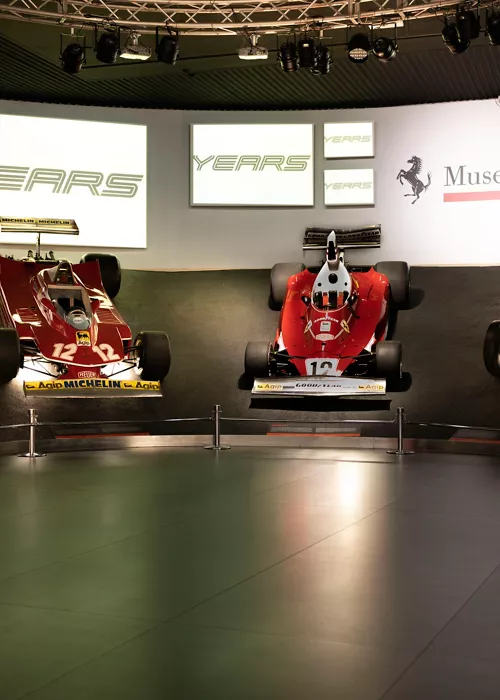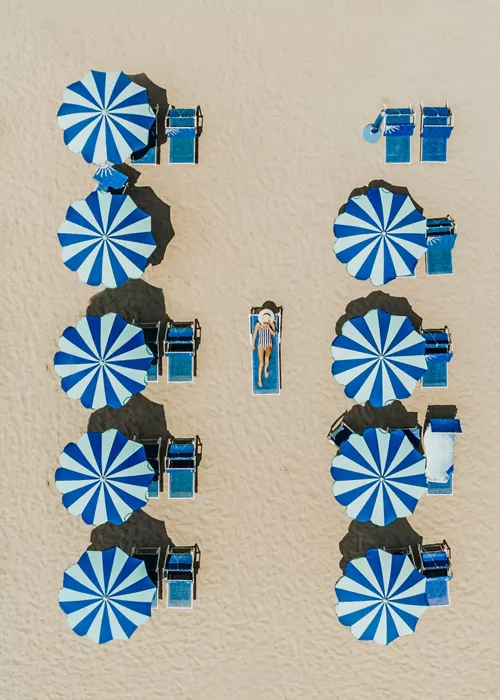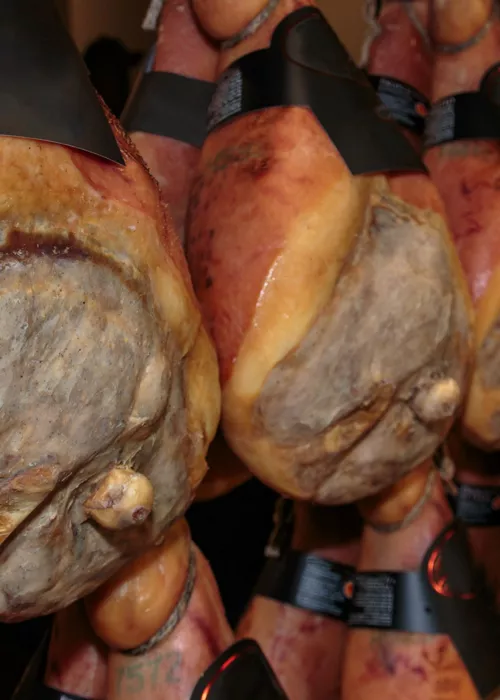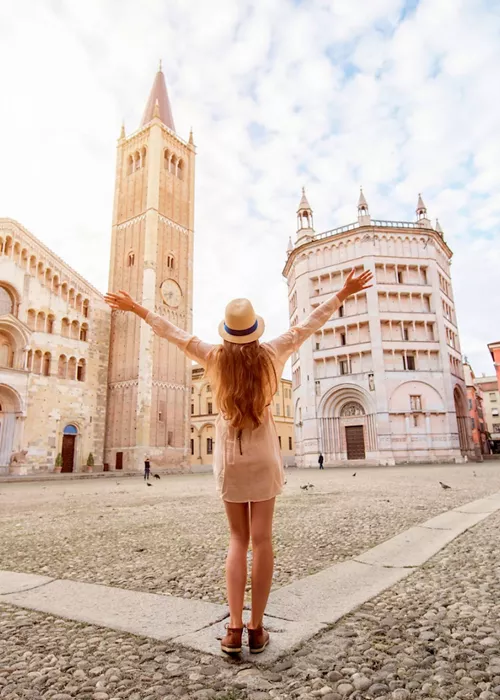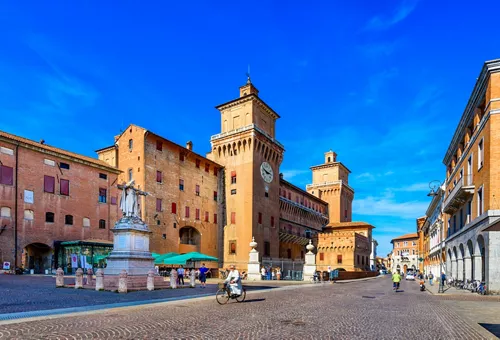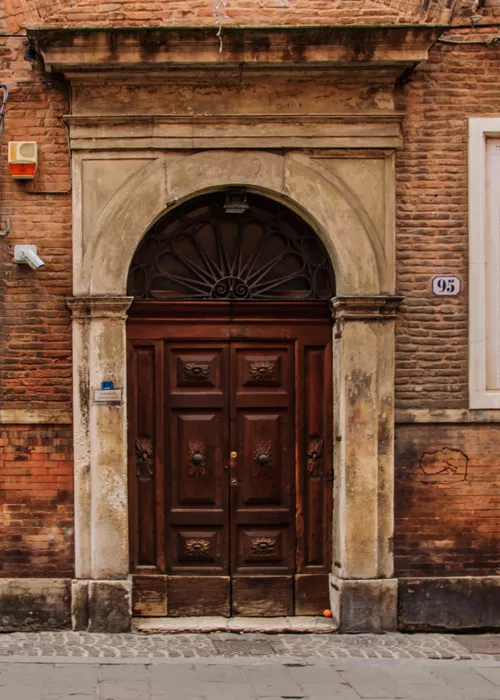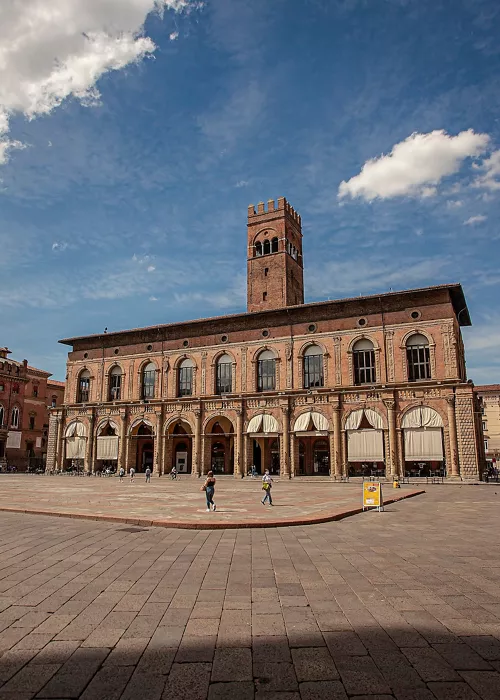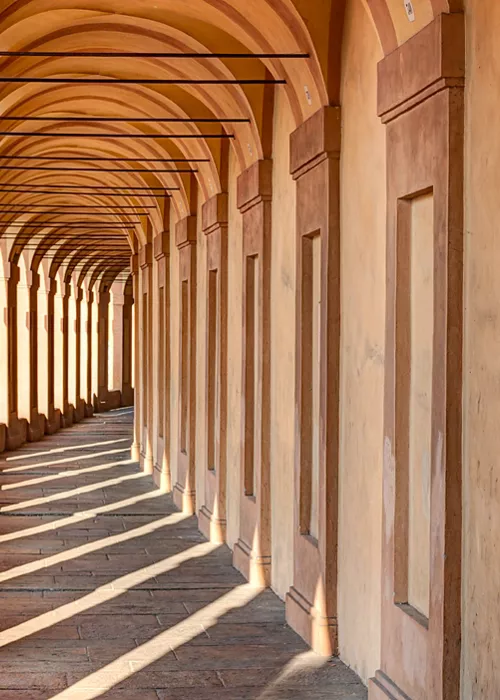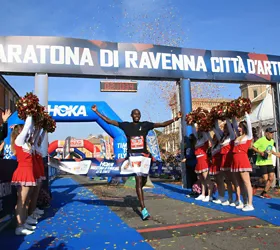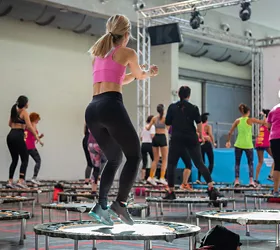Piacenza, welcoming and sumptuous; Emilian, but not to excess
The end of the ancient Via Emilia and geographical epicentre of the Po Valley, the city of Piacenza stands on the right-hand bank of the river Po and is - due to its position on the north-western border of the region - the least Emilian of the provincial capitals of Emilia Romagna.
A compulsory stop for travellers
Halfway between the Apennines and the plains, nestled between valleys and waterways, Piacenza built its fortunes on its vocation as a place of passage: Leonardo da Vinci, who made an unsuccessful bid to design the bronze doors of its cathedral, was among the first to appreciate its crucial territorial role, describing it in the Codex Atlanticus as “Terra di Passo” (land of passage), a compulsory stop for anyone on their way to Milan. An innate nature that still explains the city's irreducible vocation for welcome and hospitality.
Amid arcades and secret gardens, by bicycle
The etymology of the Latin name, placentia, which alludes to the capacity to please, is a successful compendium of the city's soul: pleasant, elegant and full of discreetly guarded treasures. Because of its relaxed pace and compact size, it is an ideal place to visit on foot or by bicycle, roaming through arcades and churches, capturing the beauty of the hidden courtyards of stately palaces.
The horses of the Farnese family
So, are you ready to begin? The ideal tour of Piacenza, amidst art and history, has to start at the popular Piazza Cavalli, the city's epicentre. It is so called because of the presence of the infamous pair of equestrian monuments honouring Ranuccio and Alessandro Farnese, father and son, once Dukes and Lords of Parma and Piacenza.
Carved in the 17th century in the Baroque style by the Tuscan sculptor Francesco Mochi, they stand directly in front of the beautiful Town Hall in terracotta and white marble, known as “il Gotico”, which is said to have hosted Petrarch: they are the emblem of the town. If you hear people say “i noss cavaj”, our horses, this is what they are referring to.
The ducal tour
The “Farnese” tour leads to the historic Palazzo Farnese, now home to the Civic Museums, in whose picture gallery one can admire, among other works, a Tondo of the Virgin and Child by Botticelli. The archaeological wing, meanwhile, preserves the famous Fegato di Piacenza, or Piacenza Liver, a bronze model of a sheep's liver with Etruscan inscriptions, used by haruspices as a guide for prophecies. The tour is wrapped up with a visit to the Farnese Walls that encircled the historical centre in the 16th century.
The Duomo, combining Romanesque and Gothic
The real attraction of the city, however, is its Duomo, or Cathedral: dedicated to Saint Mary of the Assumption and Saint Justina, it brings together the original architecture, an admirable example of Emilian Romanesque, with Gothic elements of a later restructuring, and houses a dome frescoed by Guercino.
But there are several other medieval churches in Piacenza worth discovering, starting from St Anthony, the city's patron saint, a compulsory stop for pilgrims on the Via Francigena, to St Savino, of early Christian origin, with mosaic floors, passing through St Mary of Campagna, with its dome frescoed by Pordenone. Here, it is said, Pope Urban II announced his intention to order the First Crusade to the Holy Land.
A walk around the muntä di rat
A visit to Piacenza's museums, meanwhile, has to include the Alberoni Gallery, which houses Antonello da Messina's Ecce Homo, and the Ricci Oddi Modern Art Gallery, with its works from the 19th and 20th centuries. Iconic places in the city to visit, before leaving, include the Municipal Theatre, whose façade was redesigned by Alessandro Sanquirico based on inspiration from La Scala in Milan, and the steps that connect Via Mazzini to Via San Bartolomeo, which everyone here calls the muntä di rat. This is because during the flooding of the Po, legend has it that rats used it to escape the water.
Amidst hills and medieval villages: in search of food & wine delights and Bellocchio's film sets
Other wonders are in store for you in the surrounding countryside, among the renowned valleys of the Piacenza hills: Val Trebbia, Val Nure, Val Tidone and Val d'Arda, to name the best known, with their scenic itineraries and food and wine delights. Not forgetting the medieval villages and castles: Castell'Arquato, Grazzano Visconti, Gropparello, Rivalta, to name but a few. For film buffs we recommend a trip to Bobbio, a delightful village in the Trebbia Valley and the setting for many films by Marco Bellocchio, who founded his Film School and a Festival dedicated to the Seventh Art here.
For those who love outdoor sports, we suggest trying their hand, on foot or by bicycle, at a few stops along the Via Francigena, the ancient pilgrimage route that led from northern Europe to Rome and from there to the Holy Land.



